Assam is naturally endowed with rich wildlife. But our thoughts generally directs towards the one-horned rhinoceros whenever we talk of wildlife in Assam. But the Hoollongapar Gibbon Sanctuary at Jorhat in Assam is a special place. For it houses the only ape that is found in India, the Hoolock Gibbons and Northeast India’s only nocturnal primate, the Bengal slow loris. We visited Hoollongapar Gibbon Sanctuary after our wonderful trip to Majuli.
The Hoollongapar Gibbon Sanctuary is actually an isolated forest track near the Assam-Nagaland border set amidst the tea gardens and small villages. Initially, the forest used to extend to the foothills of the Patkai range. Even when the forest was declared a wildlife sanctuary in 1997, the forest extended from Assam to Nagaland. But an extensive expansion of tea gardens and human settlement fragmented the forest and the reserve became isolated from the foothills. Also, a railway track running through the sanctuary has further fragmented it. Currently, the sanctuary is fragmented into five segments.

Wildlife at Hoollongapar Gibbon Sanctuary
This is the only sanctuary in India to be named after gibbons as it contains the largest density of gibbons. The sanctuary is the home to seven types of apes – western hoolock gibbon, Bengal slow loris, stump-tailed macaque, northern pig-tailed macaque, eastern Assamese macaque, rhesus macaque, and capped langur. Apart from the apes, the forest is also abundant in elephants, tigers, leopards, jungle cats, civets, Himalayan squirrels, wild boars and other mammals. There are also a large number of bird species and several types of snakes inhabiting the forest.
The sanctuary has a rich diversity of flora as well. The tall hollong trees form the upper canopy (at around 90 feet), the Nahar trees form the middle canopy (at 30 feet) and the shrubs form the lower canopy. The forest is so dense that the only way to explore the place is by foot, inspite of the fact that the forests contain wild animals like leopards, wild elephants and wild boars. No vehicles are allowed inside the sanctuary. This is quite a rarity in the national parks and wildlife sanctuaries in India. So it is essential to take a guide and an armed guard with every group that enters the forest.


You can spend hours inside the forest hiking and looking for wildlife. Even if you do not spot any wildlife, the walk below the canopy of the trees will be quite satisfying. Some parts of the forest are so thick that you will not be able to see the sky. A little into the forest and you will be greeted by sounds of birds and calls of different species of monkeys. We did sight a few wildlife in the forest.

How to Reach Hoollongapar Gibbon Sanctuary
The nearest airport is at Jorhat while the nearest railway head is Mariani. From Jorhat, you can take a shared taxi or auto to Mariani. From Mariani, book an auto to the Sanctuary.
Best Time to Visit:
The best time to visit the sanctuary is from October to March. To sight wildlife, you need to visit early in the morning.
Stay At:
There is a Forest Rest House within the sanctuary. Alternatively, you can stay at Jorhat town.

Some Facts & Trivia:
- No vehicles are allowed inside the sanctuary. So the only way of exploring the forests is by walking.
- It is mandatory to have a guide and a forest guard with each group.
- Entry Fees is INR 250 per head. Charges for DSLR Camera is INR 500 extra.
- Early morning is the best time to visit the sanctuary to sight wildlife.
- If you are visiting the forest during the monsoon, wear leech socks or carry salt to ward off leech attack. During and after the monsoon, the forest becomes full of leeches.
- Seven out of nine non-human primates are inhabitants of the sanctuary
- The male gibbons are black in colour while the females are brown.
- The Hoolock Gibbons can move at a speed of upto 55 kms per hour and cover upto 6 metres with just one swing.
Did you like the post? Please share your views in comments below. Pin it for a later read!



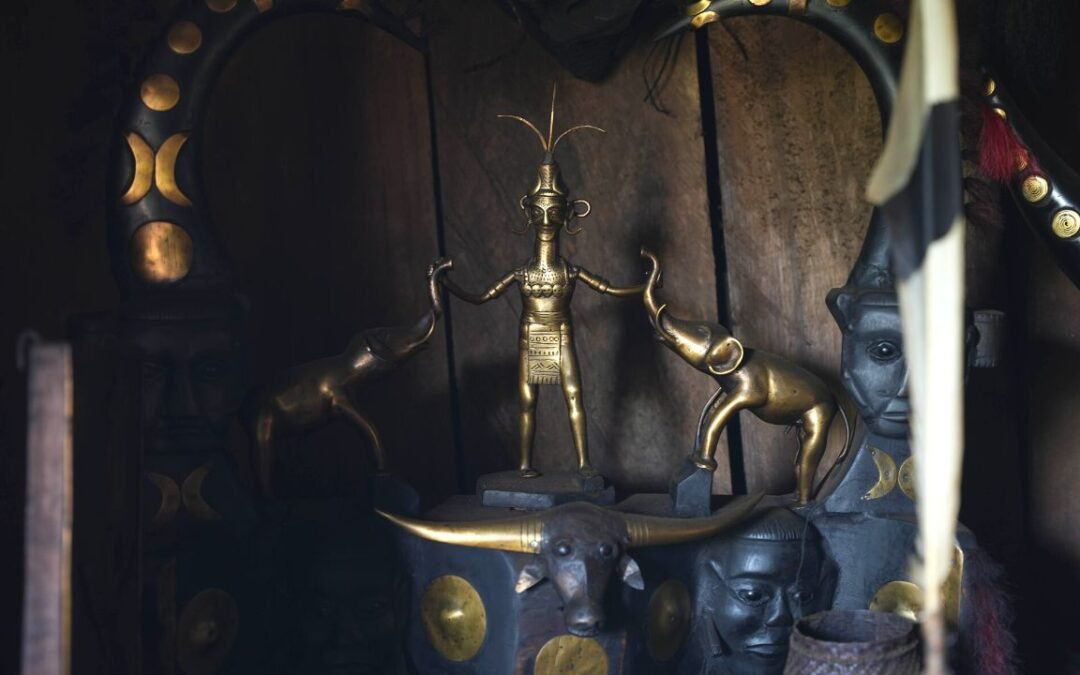
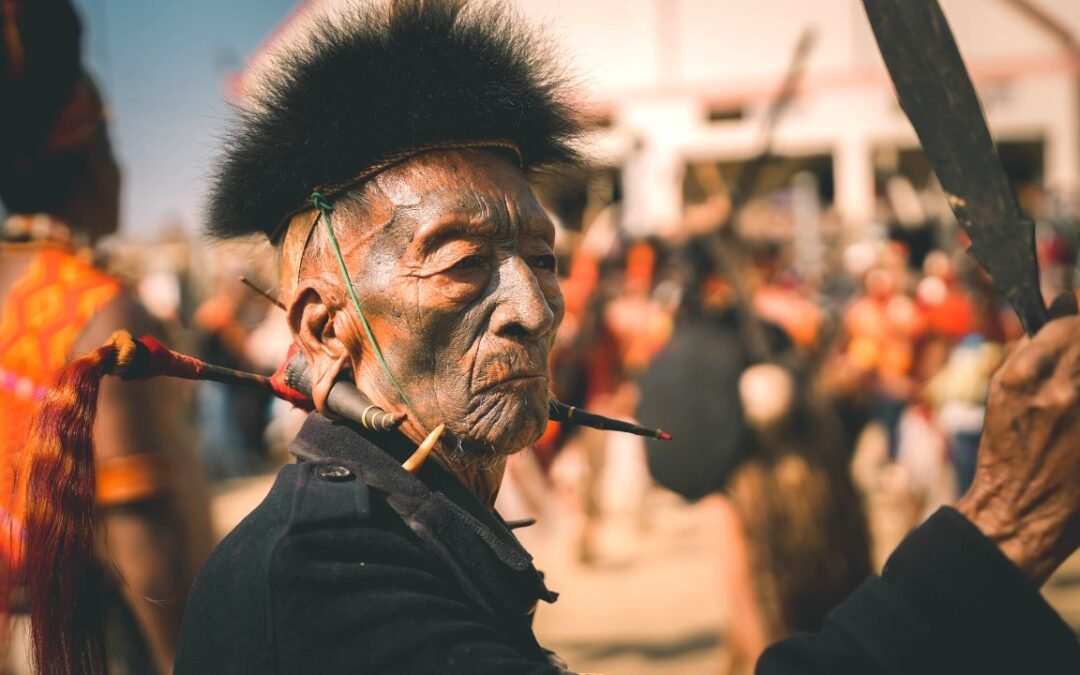
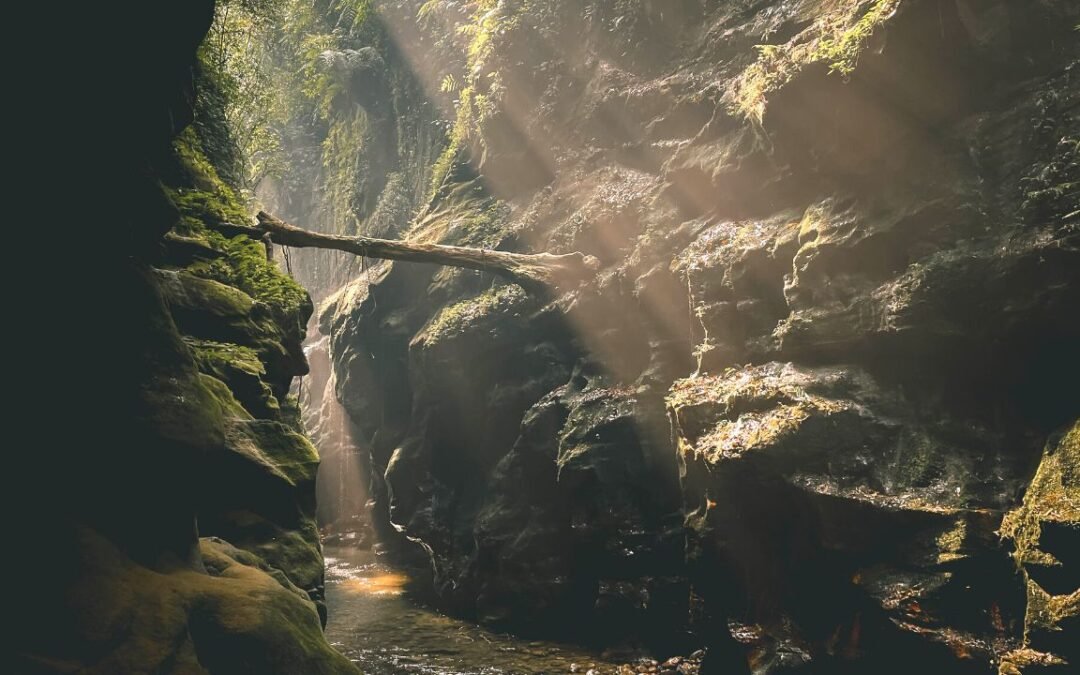
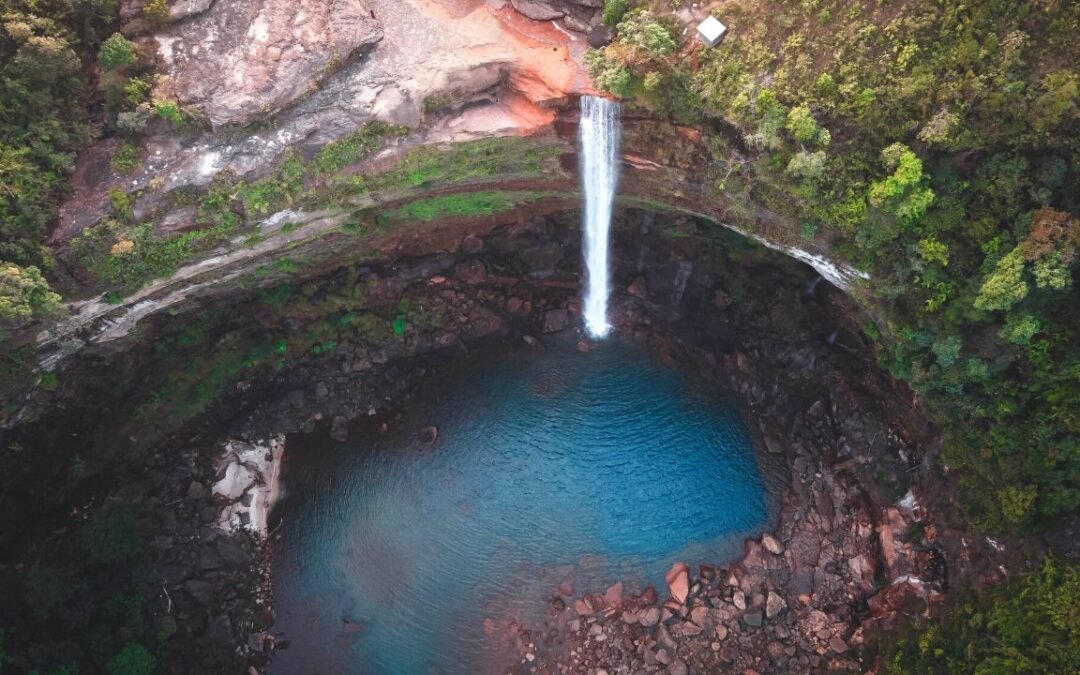
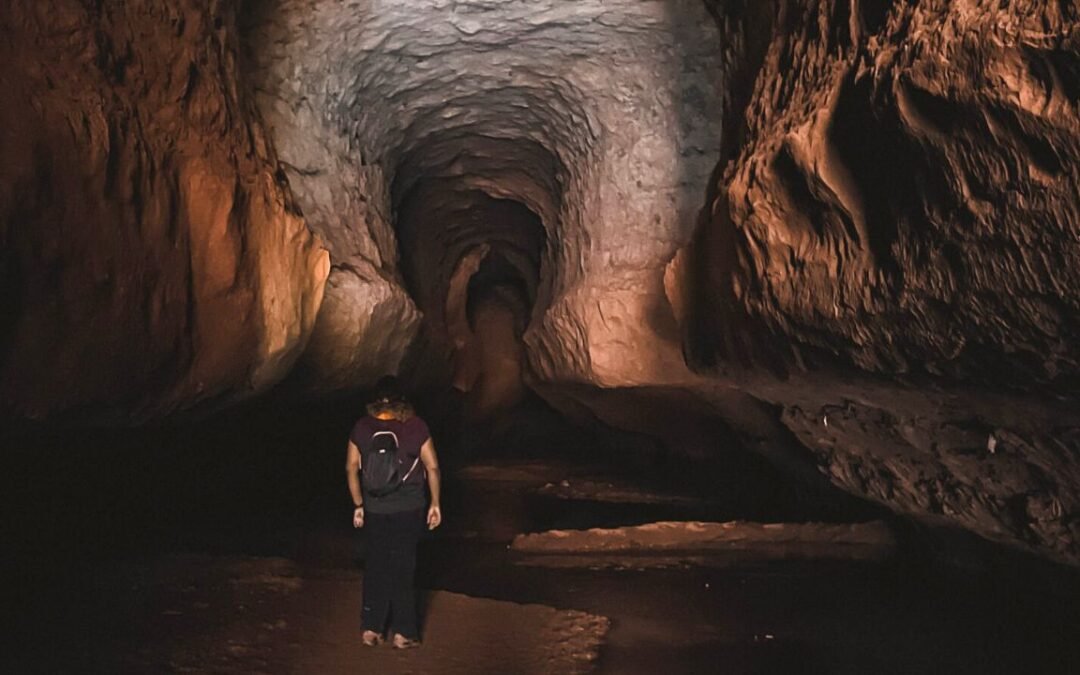
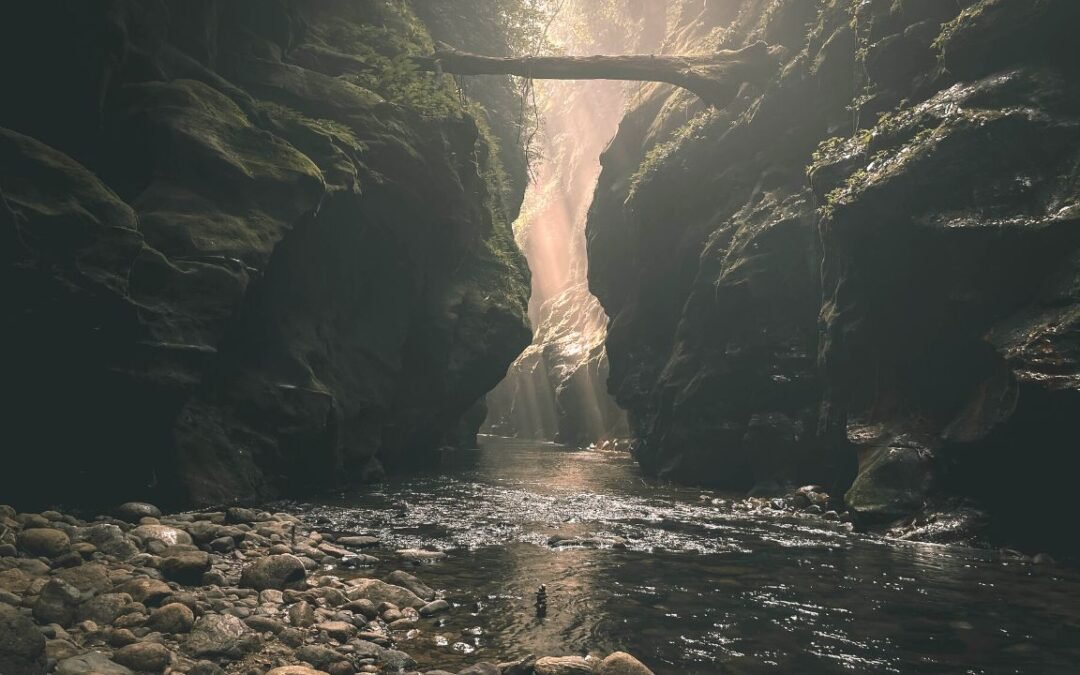
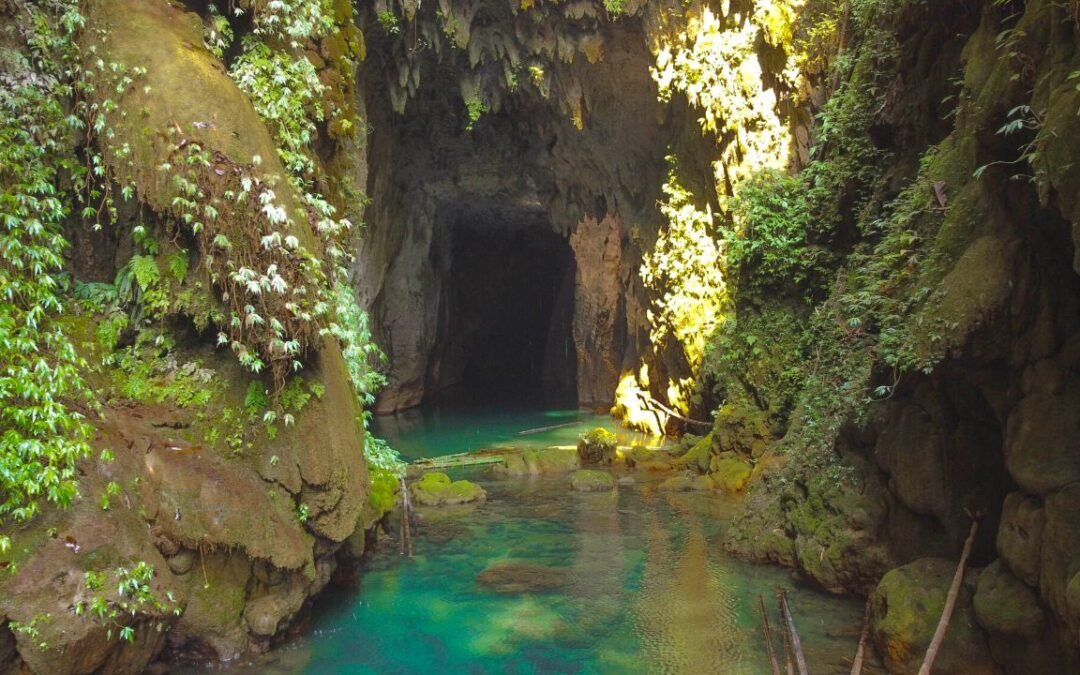
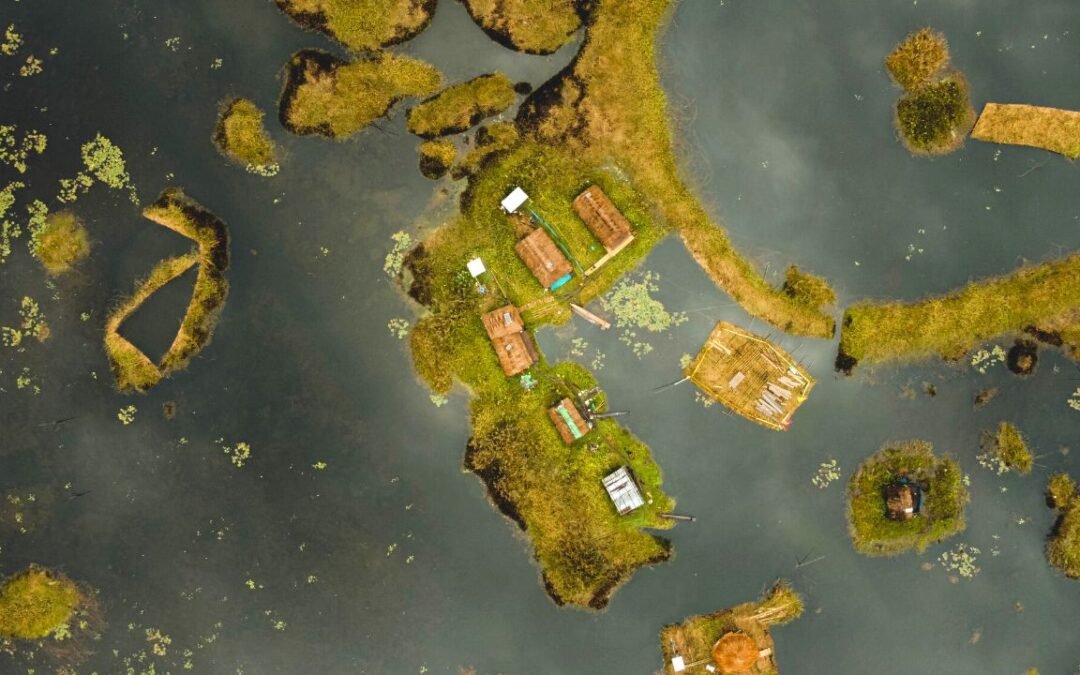
Sounds like the road trip will be a blast. HOOLLONGAPAR GIBBON SANCTUARY is amazing! Awesome pictures you captured! Thank you so much for sharing this post..
Very nice guide. You inspired me to go to Hoollongapar Gibbon Sanctuary. I have been planning this since long. Any idea if an evening safari is also available? And if it would be possible to spot all the species in evening as well?
Thank you, Abhinav. Evening safari is not available here. To spot the primates, the best time to visit is early morning.
Very cool! It’s just like the small forest at our very own Puerto Princesa Underground River. Problem is, our monkeys have become thieves! They take out things from customer’s open bags.
Wow I did not know Assam has a big Gibbon sanctuary as well. Last year I was traveling from the dibrugarh to go to guwahati and I believe I had crossed jorhat. If I had known that before that this place has a Gibbon Sanctuary, I would have surley visited I mean I should have at least spent a night or two in your heart I probably inside the sanctuary in the forest rest house. But anyways, there is always a next time.
Looks well worth the early morning rise
This is so interesting to read! I don’t know much about gibbons or Assam, so a wonderful read. Thank you for distinguishing also the difference between male and females, it’s very useful.
“The Hoolock Gibbons can move at a speed of upto 55 kms per hour and cover upto 6 metres with just one swing.” – That’s craaazzzyyy! I had no idea Gibbons were that fast! I really like the idea of going with no vehicle – it’s definitely better for the Gibbons.
Wildlife and relax in nature this is what this post inspires me. Well done.
Good to know we have such untouched locations in the country. Definitely visiting the National Park when I’m in Assam! Although I would be freaking out at the thought of exploring it by foot, surely an unique experience.
Thanks for sharing this amazing post with us. you just give me an new destination to explore nearby. this photos are perfectly clicked..!
Wonderful Image!! This is a very interesting and informative blog. It’s really useful blog. I really loved reading your blog.
Hi Guys
Interesting write up.
I am assuming that the entry price you quoted is for Indian nationals? Do you know what the charge is for foreign visitors?
Also – how much was the guide?
Thanks for your help
Jo
Hey Jo! Thanks for getting in touch. I have replied to your mail. Please have a look. Thanks.
Can you recommend a wildlife guide? I am going this weekend to Jorhat.
Also, will I need leech guards this time of year? Where can I get them?
You will get a guide at the forest checkpost. You can only take forest department designated guides to the sanctuary. I dont think that you will require leech guard at this time of the year.
Hi, I will be visiting this sanctuary on 10 March. Couple of things I would want to know:
1. Entry time in the morning
2. Cost of guide
3. Will 2 hours be enough, since I have a flight at 12.30 from Jorhat. I plan to reach the park by 8 am (or earlier, if it opens)
Thanks in advance.
Hi!
The entry time is 8AM in the morning. Cost of Guide is around Rs.500/-. The time will depend on you. If you are short of time, then you might not be able to see the entire area.
Very good information on Gibbon sanctuary. Recently visited Kaziranga, wish to visit next November this.Like to get assistance at that time
Please do get in touch with us over mail for any assistance you require. Thank you for the comment.
Good information. I need to know the charges mentioned for e.g. Rs.500 guide fees is for per group, right? What is the maximum group size allowed?
Thank you! The guide fees is for a group (depending on the number of people). We were only two and that was the minimum amount. Have a great trip.
Hi.
I wish to visit the wildlife sanctuary early in the morning within a day or two and go for a tour. Even though I have read the comments but I would still like to know where do we get a tour guide we are a couple here who is keen take a tour of the sanctuary. May I also know how hard and how long is the walk?
Kindly let me know. Thanks !
The walk is quite easy. You will get a guide at the Sanctuary Gate.